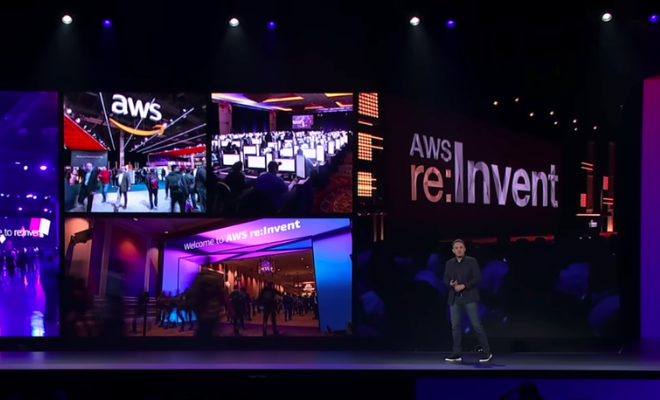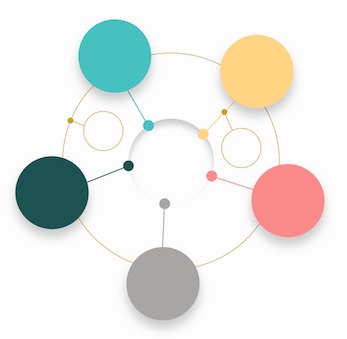Embark on a captivating journey of discovery with Blends 'Thought Leadership'. Immerse yourself in great insights from our team members, delving into the vast landscape of data science, AI and technology. Dive into our latest content now and elevate your understanding of the ever-evolving tech frontier.

Detecting Brand-Unsafe Content Through Computer Vision

AI Decisioning: 3 Key Considerations for Successful Application

Navigating the EU AI Act: Business Impact and Considerations

Blazing the AI Revolution: How to Ignite a Culture of AI by Blending Data, Tech, and People

Internet-Accessible ElastiCache Server Behind Twemproxy, Using NLB and ASG
.jpg)
Data and Wearables: How AI is Reshaping Healthcare as We Know It
.jpg)
Transforming Healthcare by Unleashing Data’s Hidden Potential

The Cookieless Future: What Google Chrome's Third-Party Cookie Phaseout Means for You

UMM: Success Strategies, Optimization & Validation

Impact Players: Looking at Life Through Opportunity Goggles

Precision Targeting: Mass Marketing to Individualization

Navigating CDP Readiness in an Era of AI and Dynamic Personalization

First Steps Towards Building Reactive Microservices with Modern Java

Data Strategy and Technology Architecture - The Unsung Heroes of Generative AI POC to Production

How to Avoid the 2-Year Club

Implementing and Deploying a Cloud Native Full Stack Application

Orchestrating an ML Workflow with Step Functions and EMR

Navigating Apple's Latest Privacy Update: Implications for Measurement and Tracking

Fine-Tuning a Vision Transformer

The Personalization Maturity Model: Building Tailored Experiences for Every Customer

Launching an EMR cluster using Lambda functions to run PySpark scripts part 2: The infrastructure and launch

Development of AI-powered Ecosystem for Better HCP Marketing Results

Maximize your BI Migration - The Blend360 Approach

ChatGPT's Implications for the NLP Community: Don't Panic...Yet!

Launching an EMR Cluster Using Lambda Functions to Run PySpark Scripts Part 1: The Spark Scripts

AI Demystified: A Business Leader's Guide to Understanding Artificial Intelligence

Demystifying GA4 for Businesses
.jpg)
QuickSight Q, Insights and Forecast

Using Artificial Intelligence and Machine Learning for Better ID Resolution

A Data-Driven Analysis of the Gender Gap in the Tech Industry

What I Learned About GraphQL While Developing a Shopify App (Part 2)
.jpg)
An Introduction to GraphQL: Lessons from Developing a Shopify App (Part 1)

Trends to Keep an Eye Out for in 2023 After AWS re:Invent

10 Essential Power BI Resources

Building a Big Data Processing Pipeline – Chapter 4

The Environmental Impact of Advancements in Data Science

Building a Big Data Processing Pipeline – Chapter 3

Building a Big Data Processing Pipeline – Chapter 2

Building a Big Data Processing Pipeline – Chapter 1

Lessons from Agile: It's not just for software anymore

A Sequel Better Than the Original: How a Return to Media Measurement Roots will be Different

Seven Aspects to Successfully Implement a CI/CD Pipeline

The Beautiful Marriage of SEO and Data Science

8 Features Of Adobe Target You Never Knew You Needed

Bringing a Strategic Element to Data Science

Building a Killer Data Science Team... What 2021 Taught Us And Why We Are Excited About 2022

Data Explosion & Industry Trends

Learn and Confirm: Why it's Better than Test and Learn
.jpeg)
Machine Learning, what is it, and how is ML different from AI?

Navigating the Complex Third-Party Data Landscape

Metadata Matters

The Power Of Blending First And Third-Party Data Sources

Five Keys to Powering Growth with Data Science

Reach The Always-On Consumer

A Glance Into the Online Grocery World

Taking Your BI Dashboards to the Next Level

Winning Strategies for Online Grocery Shopping

Common Pitfalls When Building Smart Data Products That Leverage Machine Learning

Measuring Friction in Customer Experience
